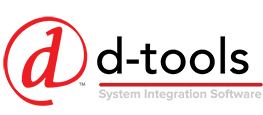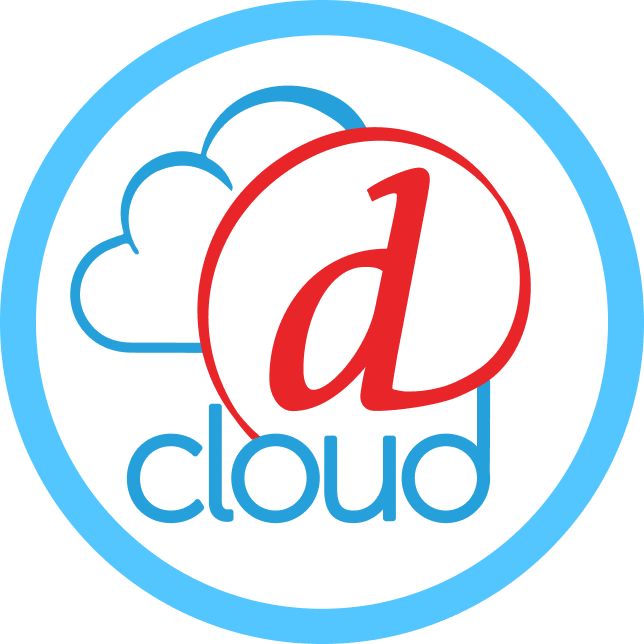The Bottom Line – Improving Labor Utilization
 – Randy Stearns, D-Tools CEO
– Randy Stearns, D-Tools CEO
Most home technology professionals are in business to make a profit. Sure, we get satisfaction from solving technical challenges and creating an opportunity for employees to make a living and have a career path, but at the end of the day, let’s face it…we are in business to make a profit. This blog series will focus on what I have learned over the past two decades in the systems integration industry about how to ensure bottom line success.
Unlike many who enter this industry because they are technically and/or mechanically inclined, I come to this industry from a different background. Believe it or not, in over 20 years in the industry, I have never run or connected a single wire. I am what is referred to as an organizational entrepreneur. As such, I tend to view business from the top down. This has its advantages and disadvantages. I was disadvantaged in that I couldn’t start small by simply starting out on my own, self-performing work and gradually building a business one employee at a time. I was forced into starting with an entire team who could fill the roles of which I was incapable.
As a business-minded entrepreneur, I am always looking at the business drivers. In other words, what are the specific elements of the business that most impact top line revenues and the bottom line results? It is on those key drivers where I have always focused my time and energy.
So, what are the business drivers in the systems integration industry? Due to competitive nature of the industry, pricing is somewhat inelastic, meaning it is rare that you’ll succeed in landing contracts if your pricing is not within a fairly narrow range of the competition. Equipment margins are fairly standardized. Large companies can negotiate a lower cost on gear than smaller companies, but that is not a variable you can manage in the short term. All companies, large and small, have fixed cost associated with overhead and infrastructure such as facilities, vehicles, staffing, insurance and technology, which is hard to adjust in any significant way. The one variable cost that business owners can best control and manipulate is direct labor. So, let’s explore how to optimize labor resources.
In this economy, many agree that the single greatest impediment to growth is the lack of available skilled labor. Demand for technology solutions is at an all-time high. Incredible technologically-advanced products are in stock and readily available. The single limiting factor, the weak link in the supply chain, if you will, is having sufficient skilled labor to deliver on industry demand. Further, I would contend that the inefficient management of that skilled labor further restricts growth and impedes the path to profitability.
So, what can a business owner do to get the most of his/her skilled labor resources? Two things – (1) improve labor utilization and (2) improve labor efficiency. The labor utilization rate can be defined as the percentage of hours spent performing their duties (i.e. installing) relative to the number of hours the technician is paid. If a field technician spends six hours working on site and is paid for eight hours, his utilization rate is 75%. Labor efficiency refers to the quantity of work completed during those hours worked. The optimal scenario, of course, is to have technicians working highly efficiently for eight hours a day. Unfortunately, many industry technicians work somewhat inefficiently for an average of five to six hours a day, when you take into account holidays, vacation and sick time.
I will conclude this post with recommendations for how to improve labor utilization and my next post will delve into optimizing labor efficiency.
So, what prevents technicians from being on the job working for eight hours every day? Well, lots of things, like stopping by the office to pick up a van and/or parts, driving to the jobsite, stopping for coffee and a morning snack, swinging by Home Depot/Lowes or a local distributor for materials, and more. My goal when I was running a systems integration business was to have technicians on-site for a full eight hours every day excluding holidays, PTO (vacation and sick) days, periodic trainings and the obligatory bi-weekly OSHA safety meetings…and I succeeded. Labor utilization for technicians was consistently in the 87% range. Do the math – 8-10 holidays, 15 PTO days (vacation, sick), the equivalent of 6 days for team/safety meetings (two hours every other week), and a couple days for training equals about 32 of 260 total work days per year, or 12%.
Remarkably, only one policy change was required to make this labor utilization goal a reality. Instead of coming to the office/warehouse/shop to pick up their van in the morning and drop it off at night, technicians were asked to bring their vans home and the drive to and from the jobsite was considered their commute. Technicians’ work day started when they arrived on site and ended when they left. Every other Monday morning, technicians would come to the office for a team meeting and safety meeting. During these meetings, vans were washed and supplies were replenished by warehouse personnel. Pretty simple really…but I know you have questions. What about parts delivery? We hired a part-time delivery boy to deliver parts and help out in the warehouse. Also, project managers would occasionally deliver parts during site visits. Were technicians permitted to drive vans for personal use? It was discouraged, but we never worried too much about an occasional trip to the store or local errand. With GPS, it is easy enough to determine if the policy is being abused. How did you handle gas? Technicians were given company gas cards (which required periodic auditing to make sure it wasn’t being used to fill up personal vehicles).
All in all, this policy change and program worked really well and, in the process, increased labor utilization by 20% (from 67% to 87%)!!! That’s equivalent to getting the work of five technicians out of four men, a bottom line savings of $60,000 per team of four techs.





